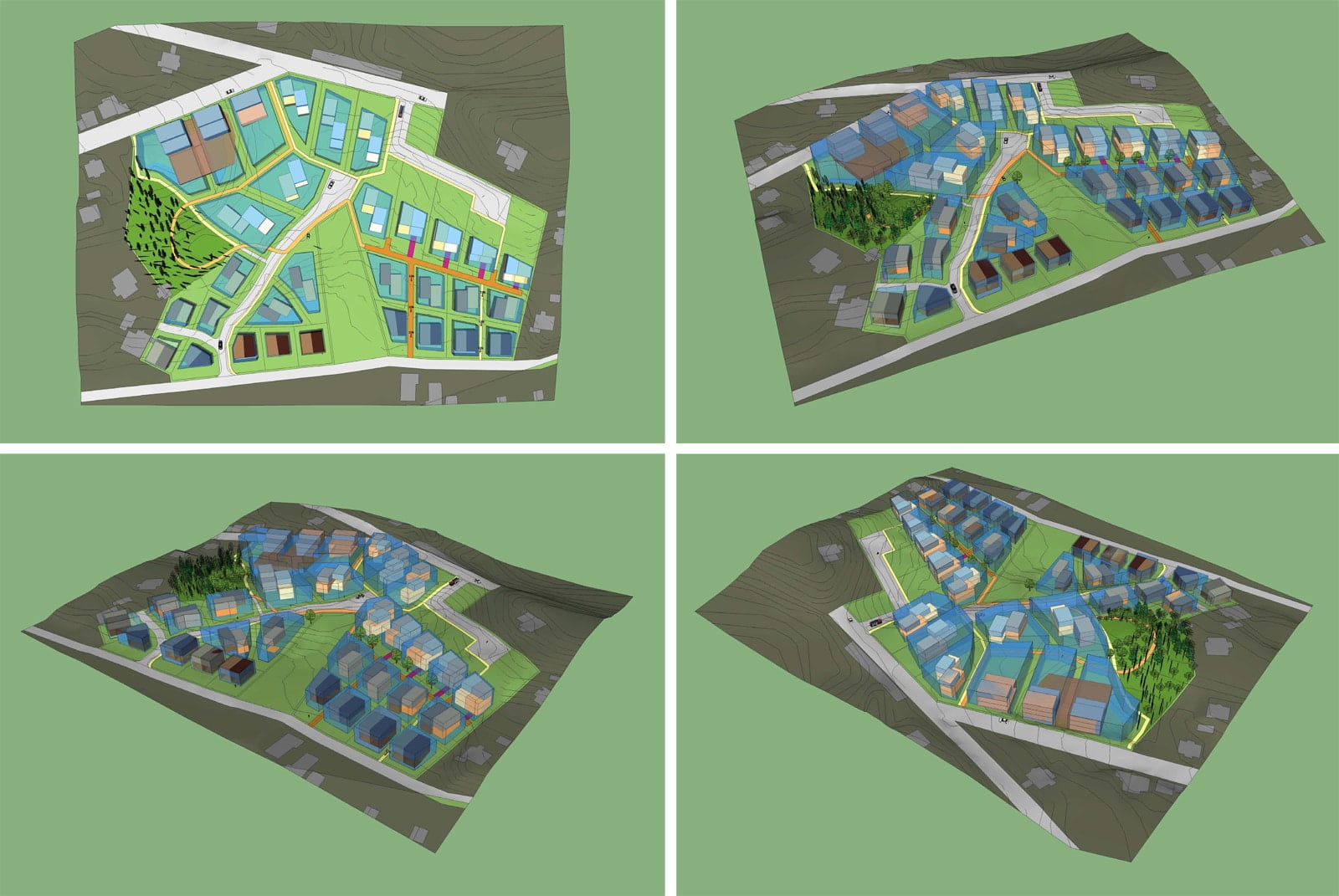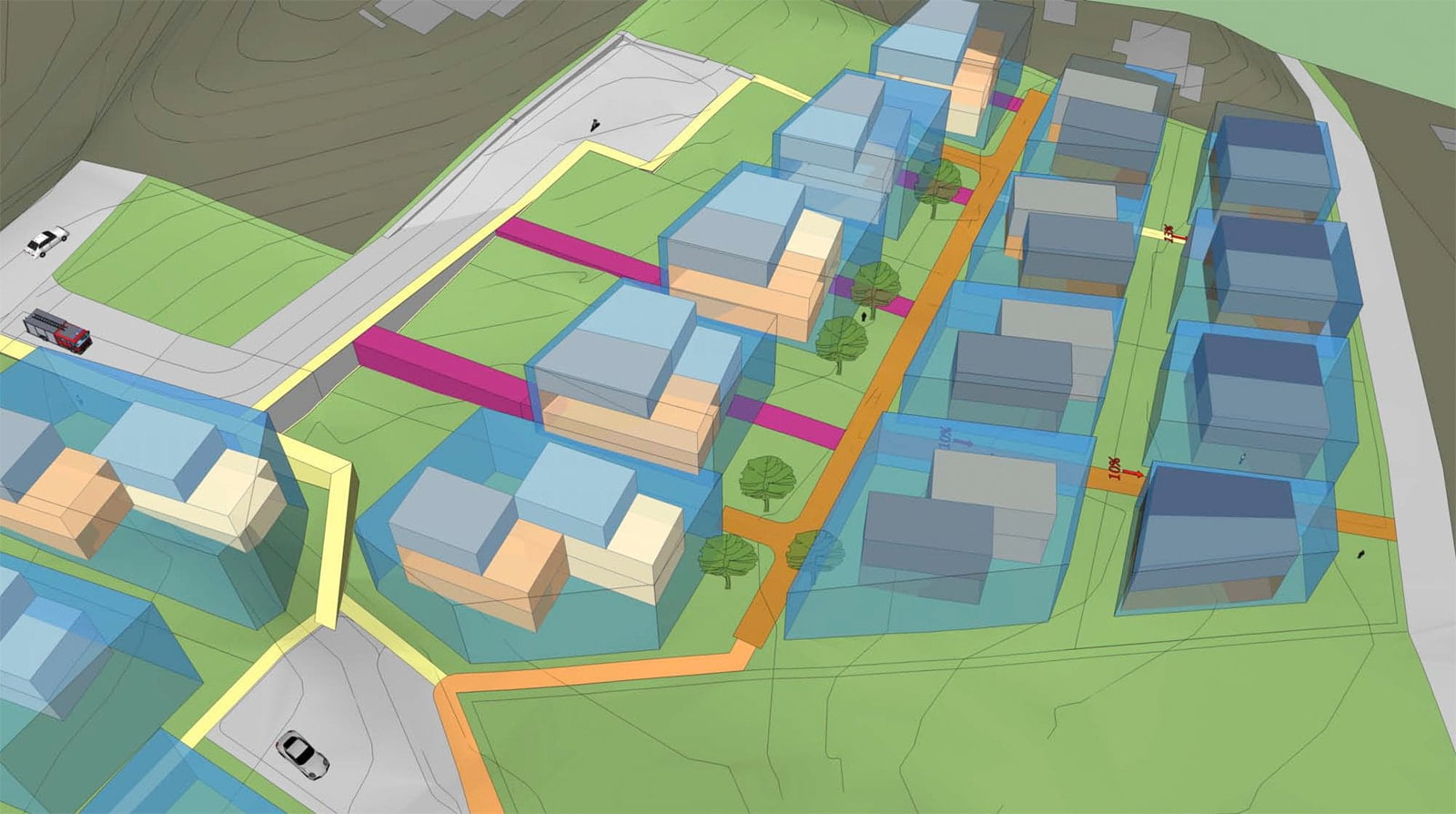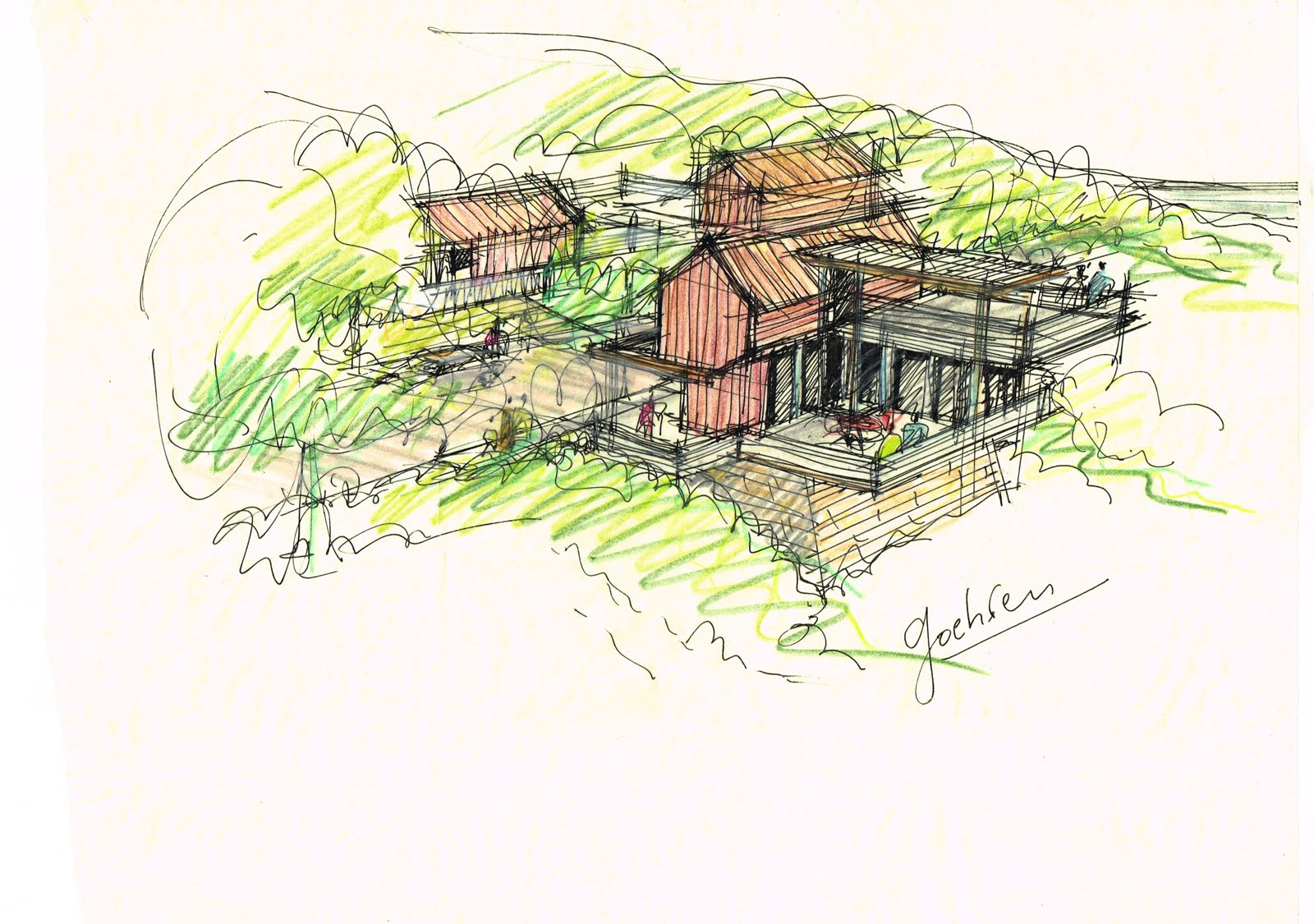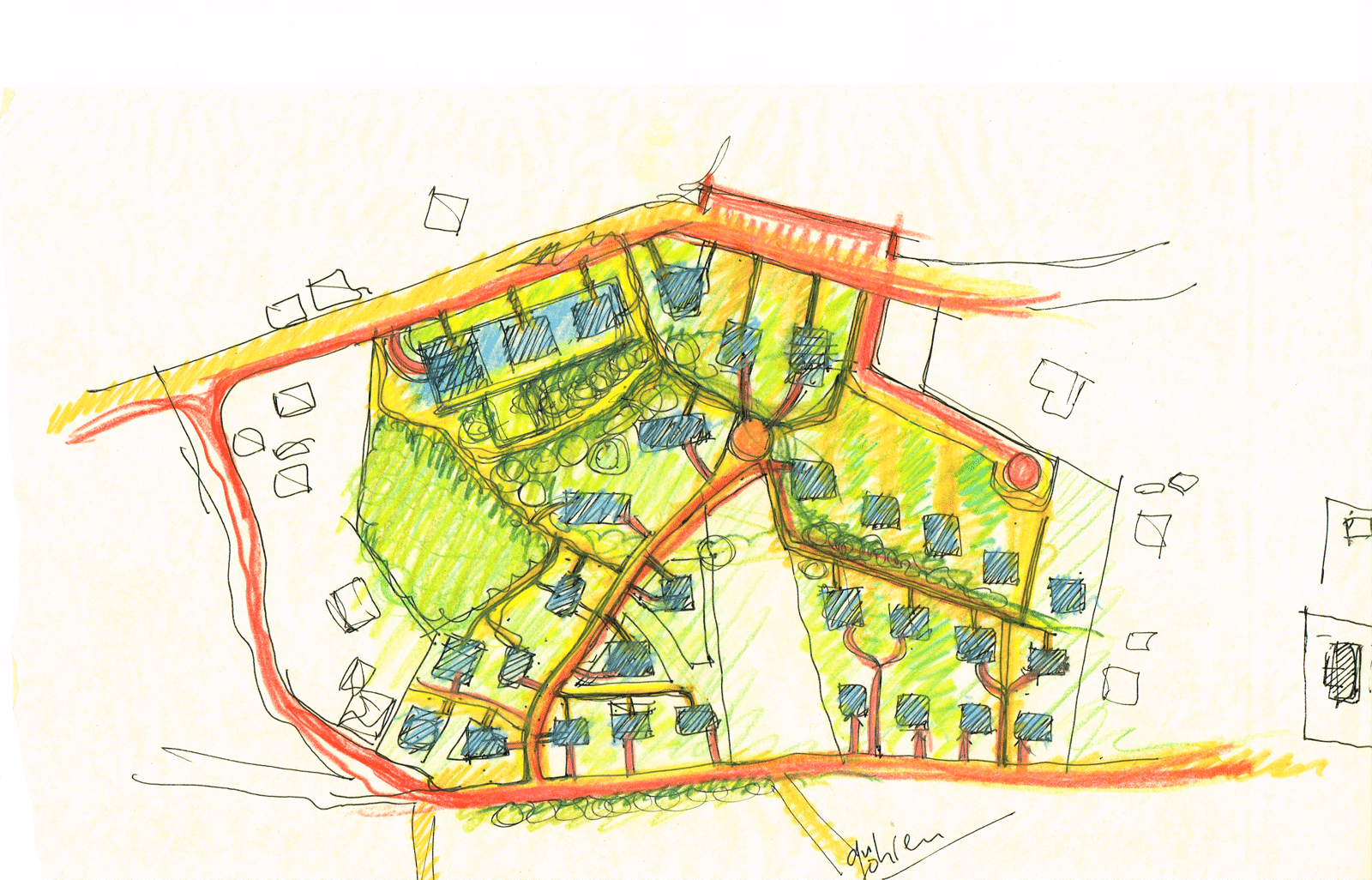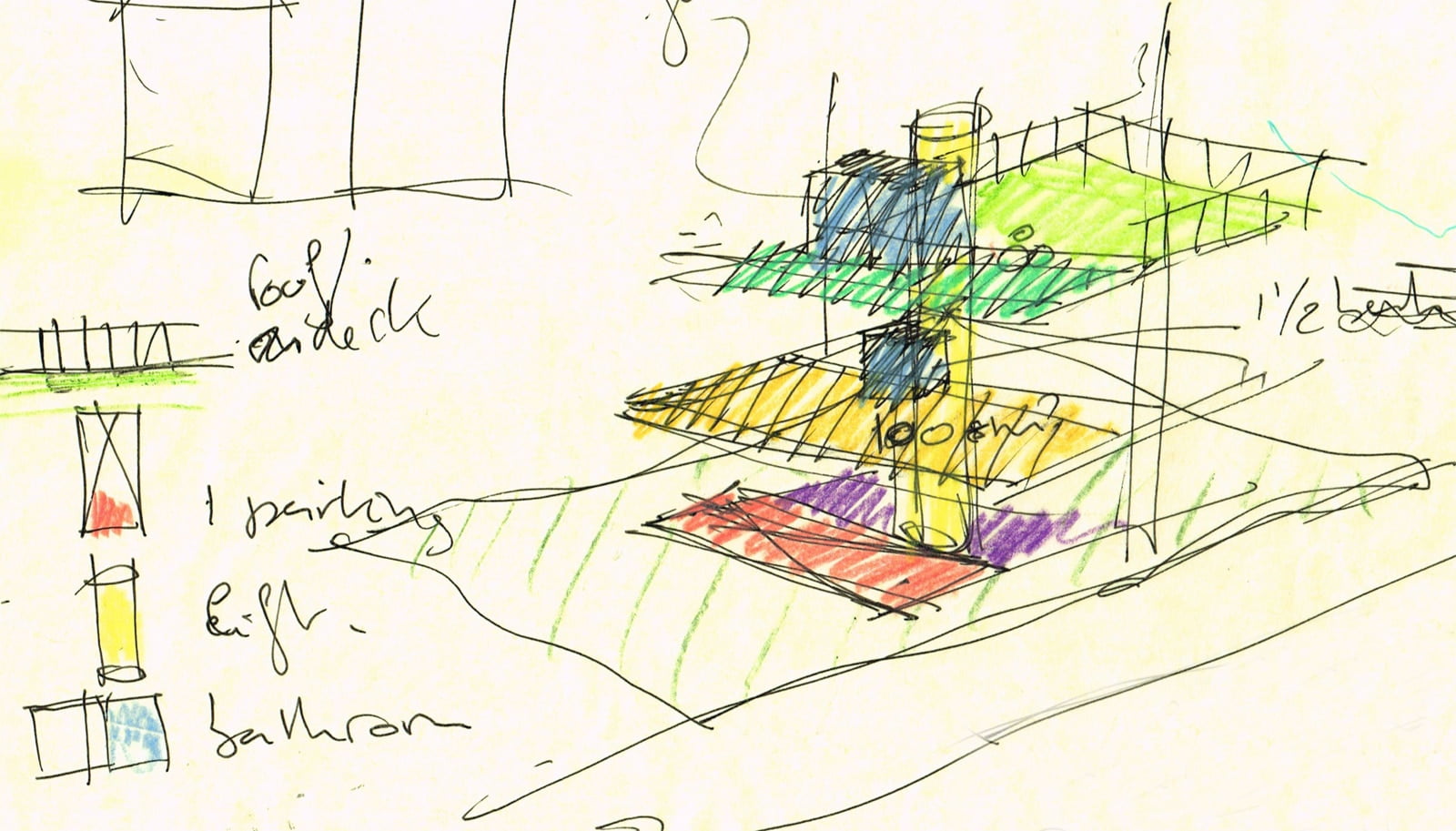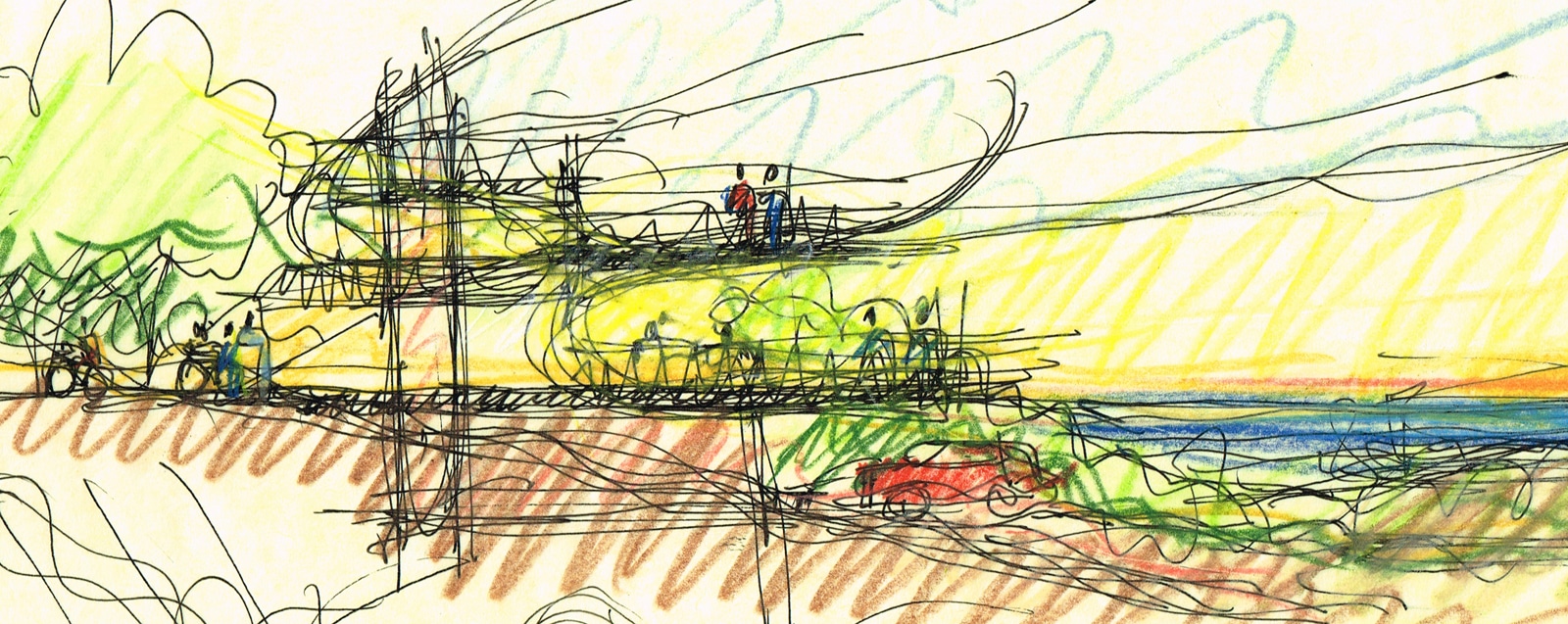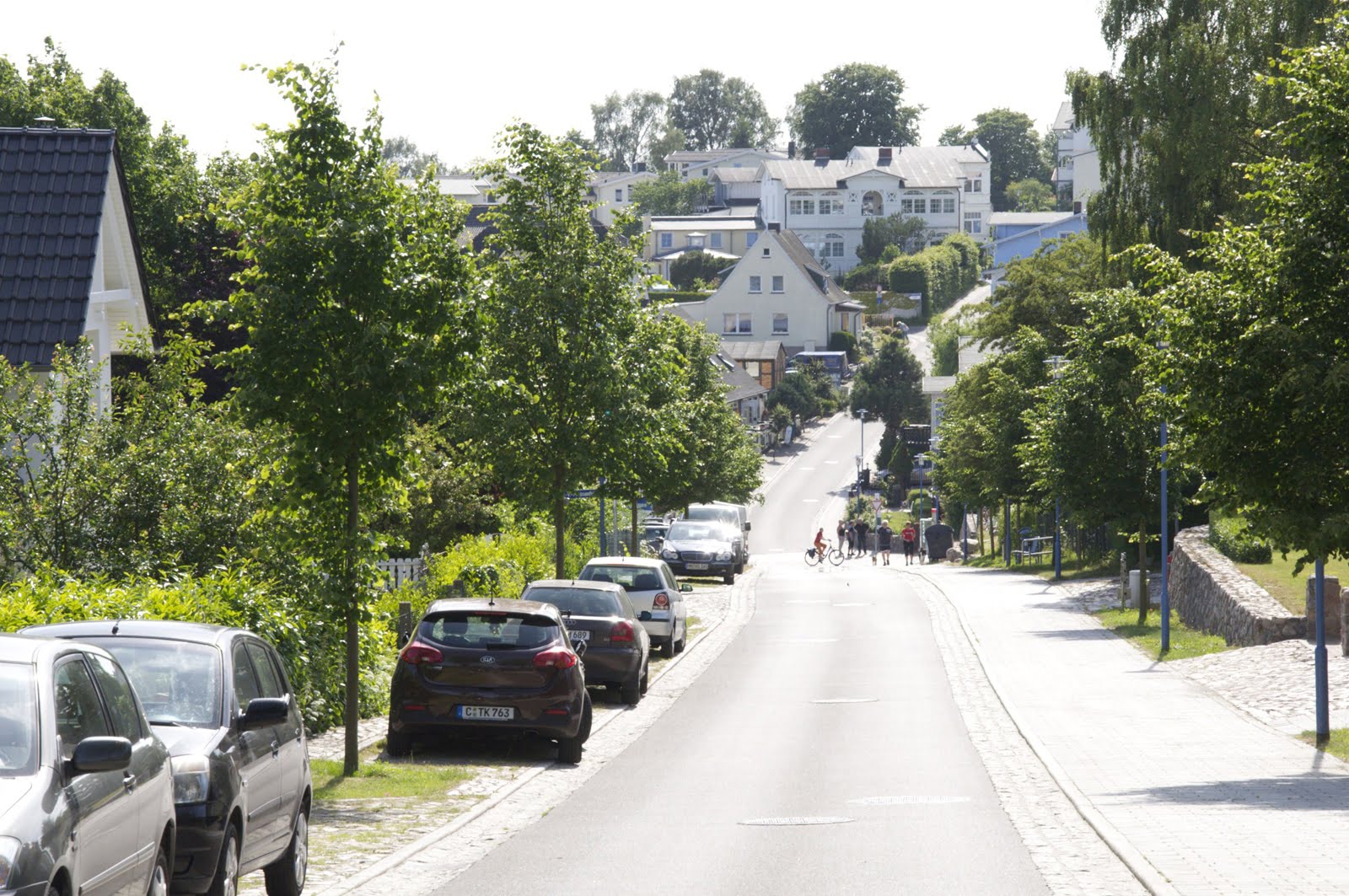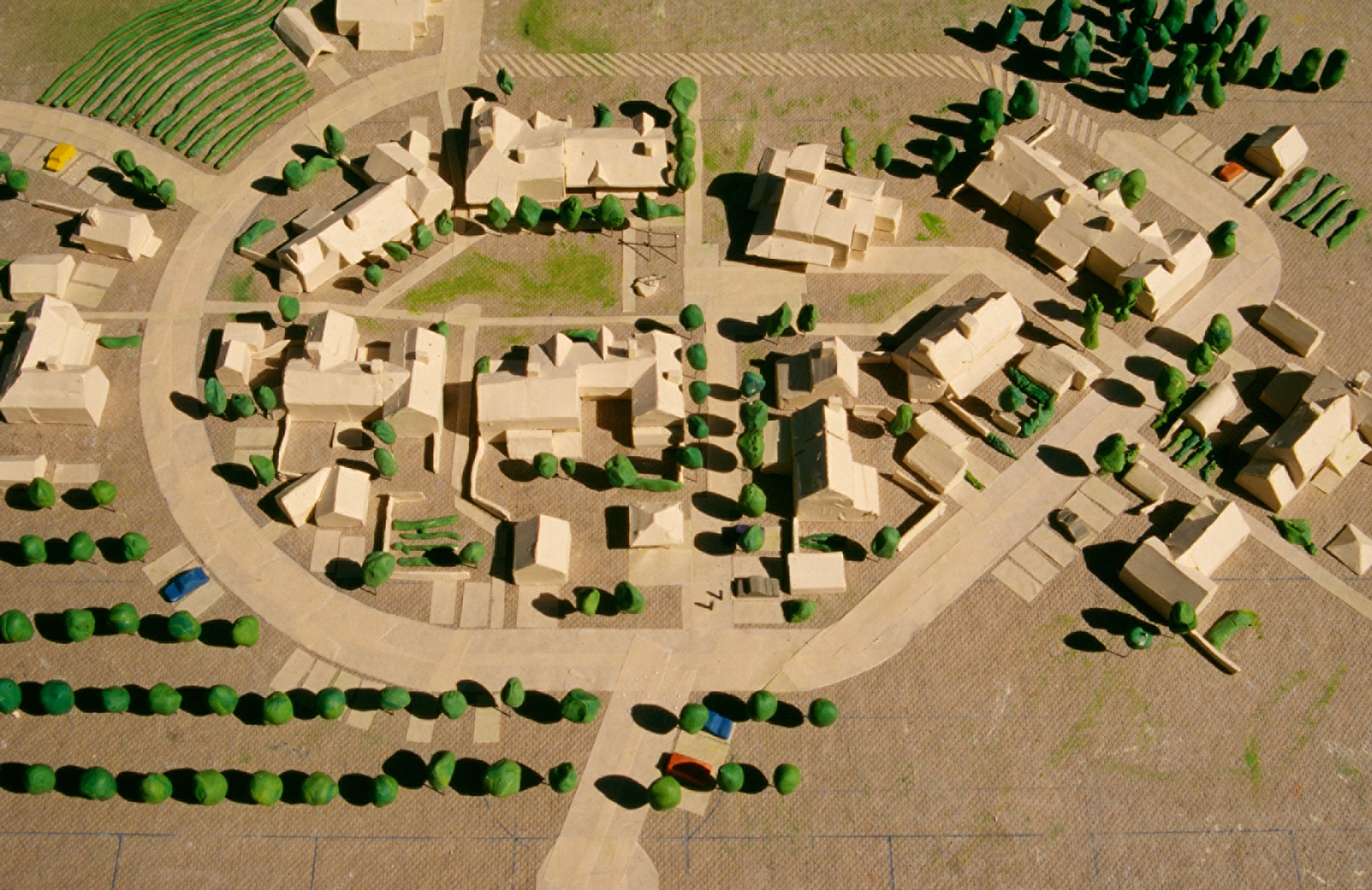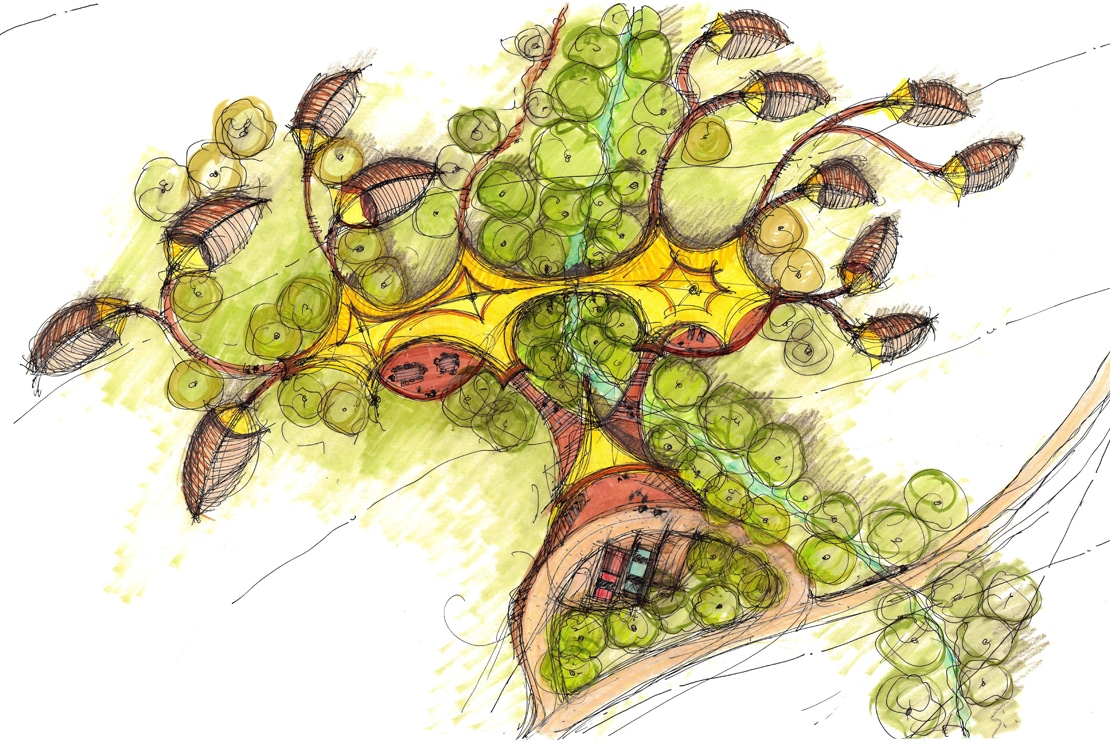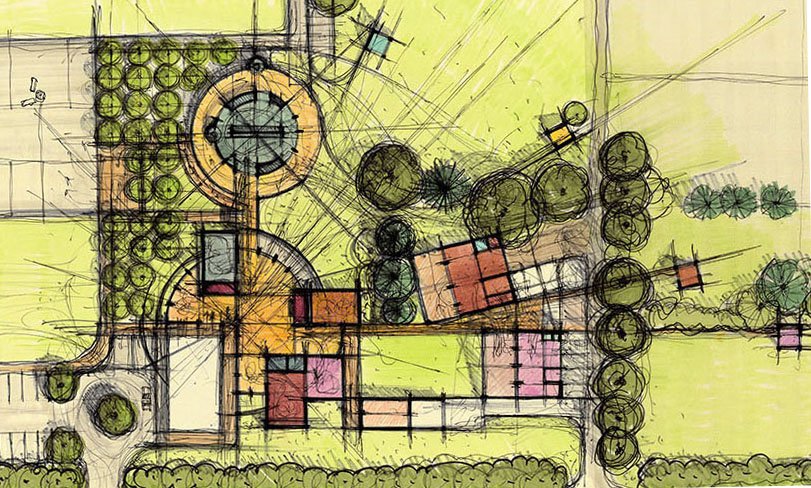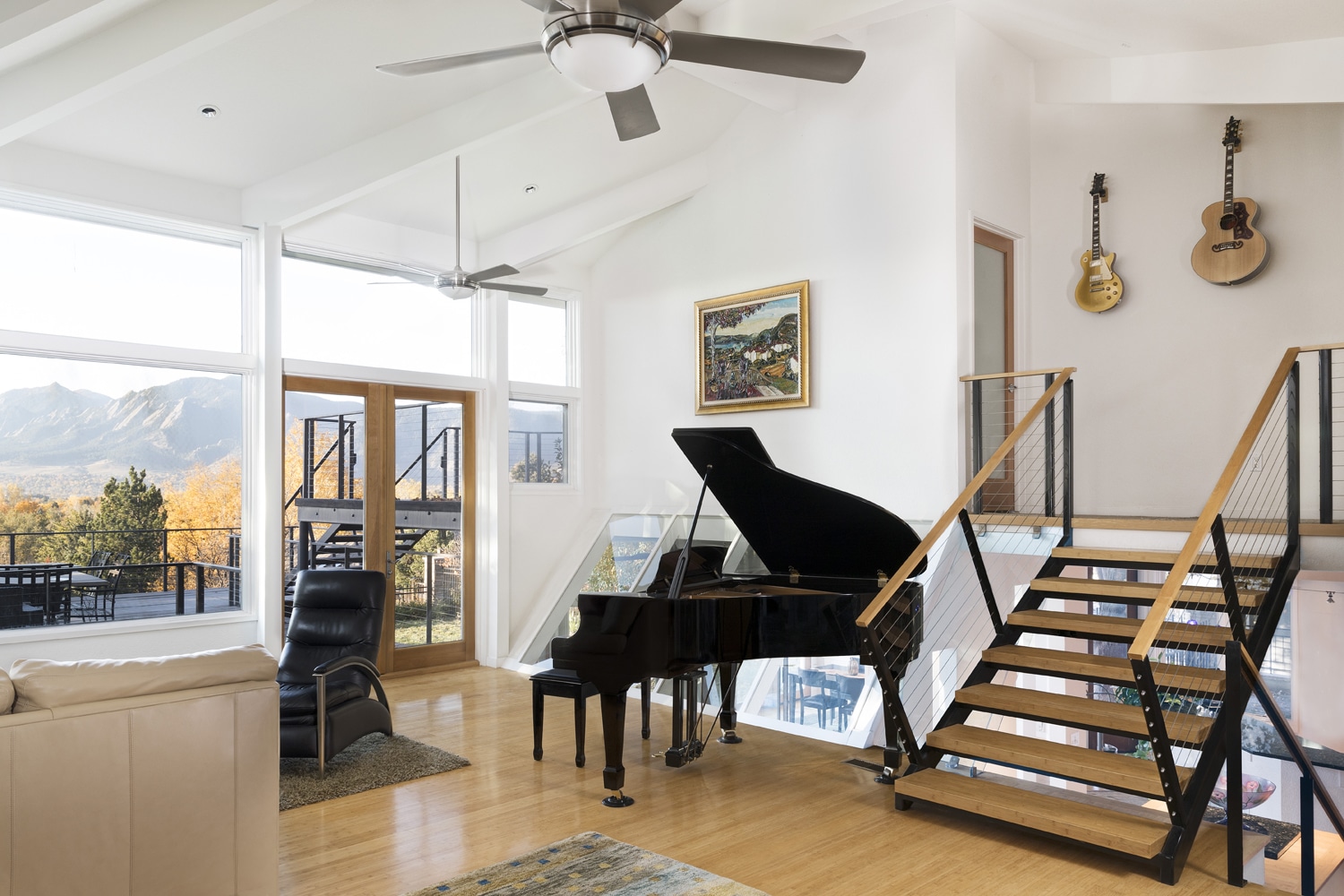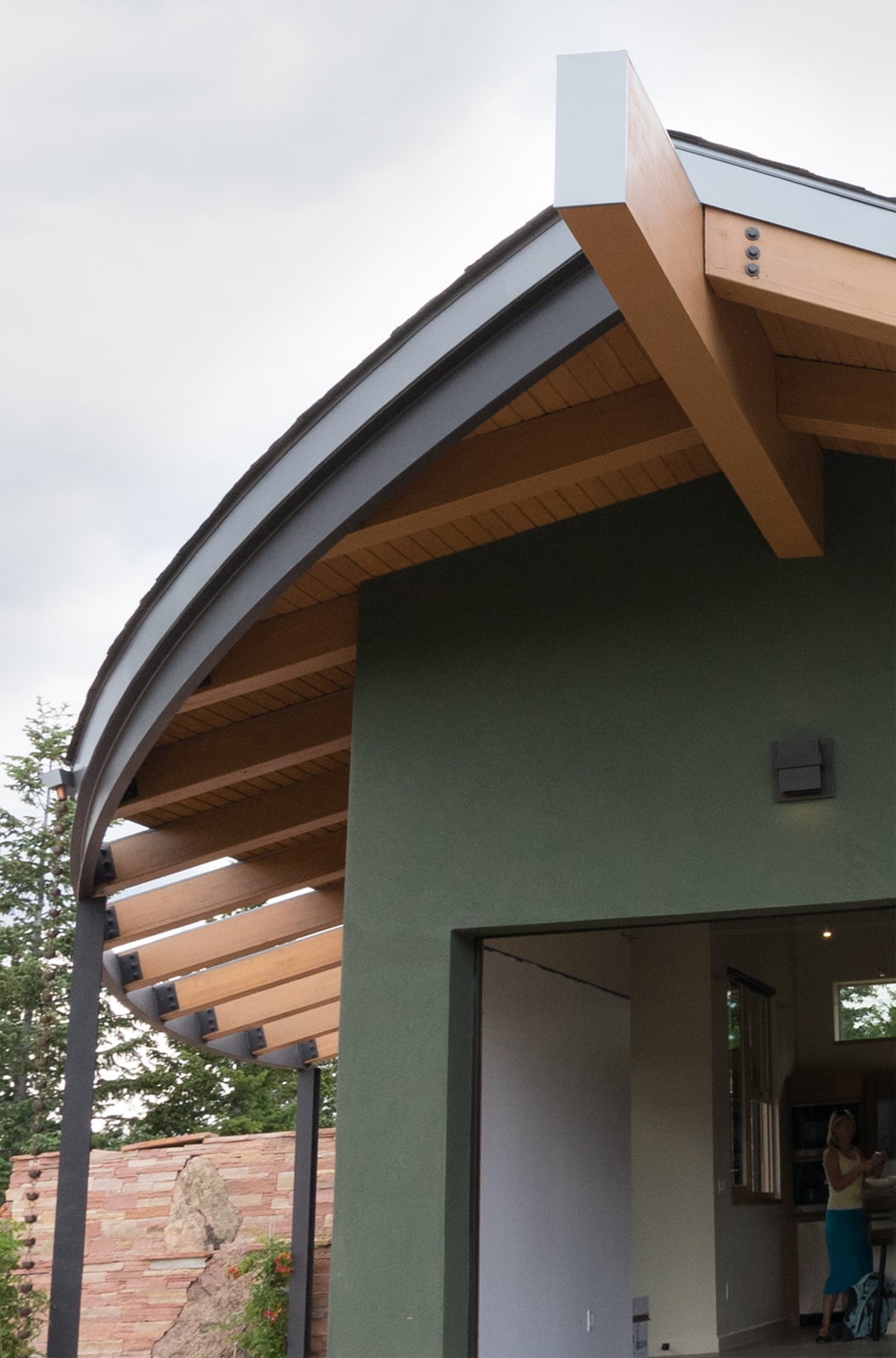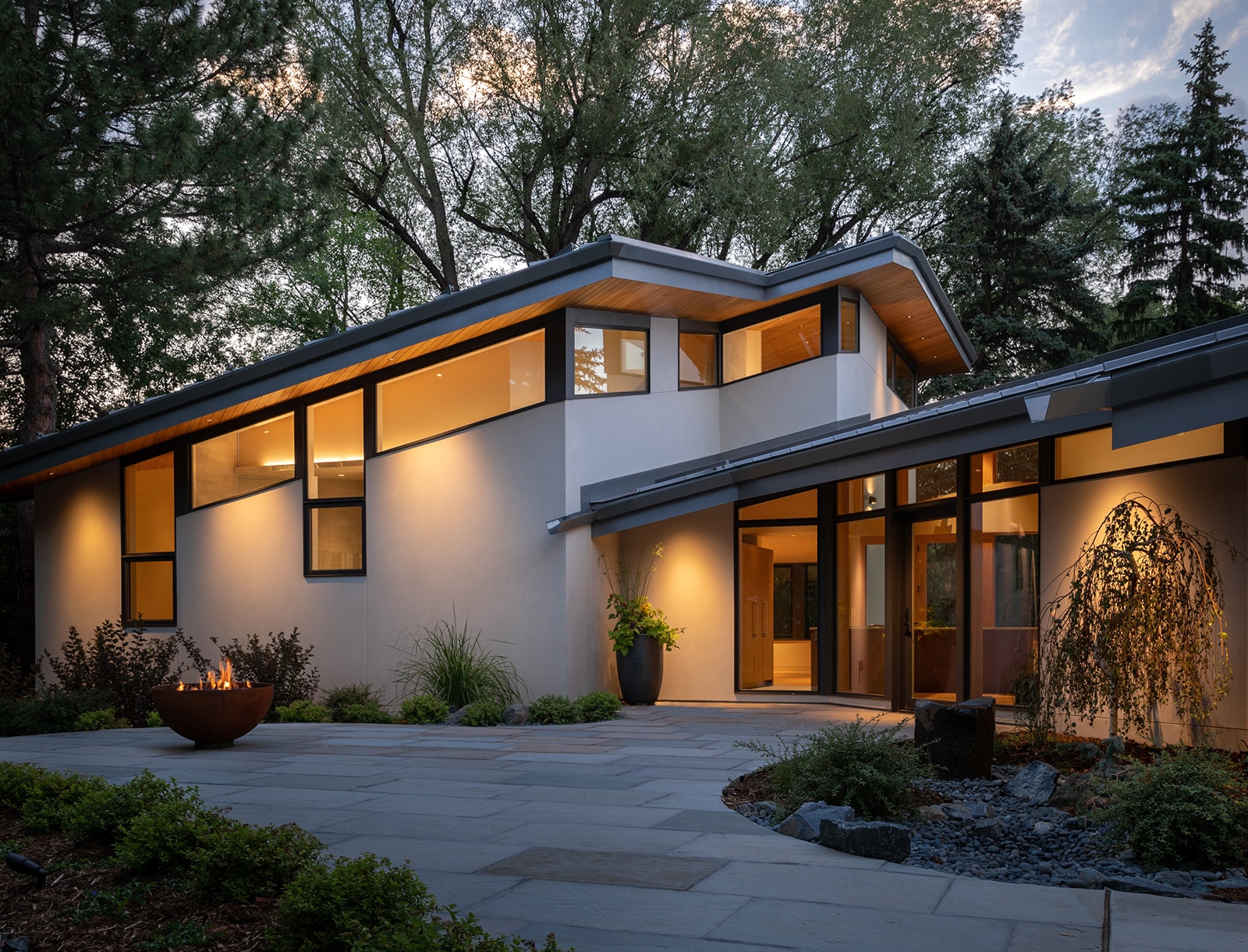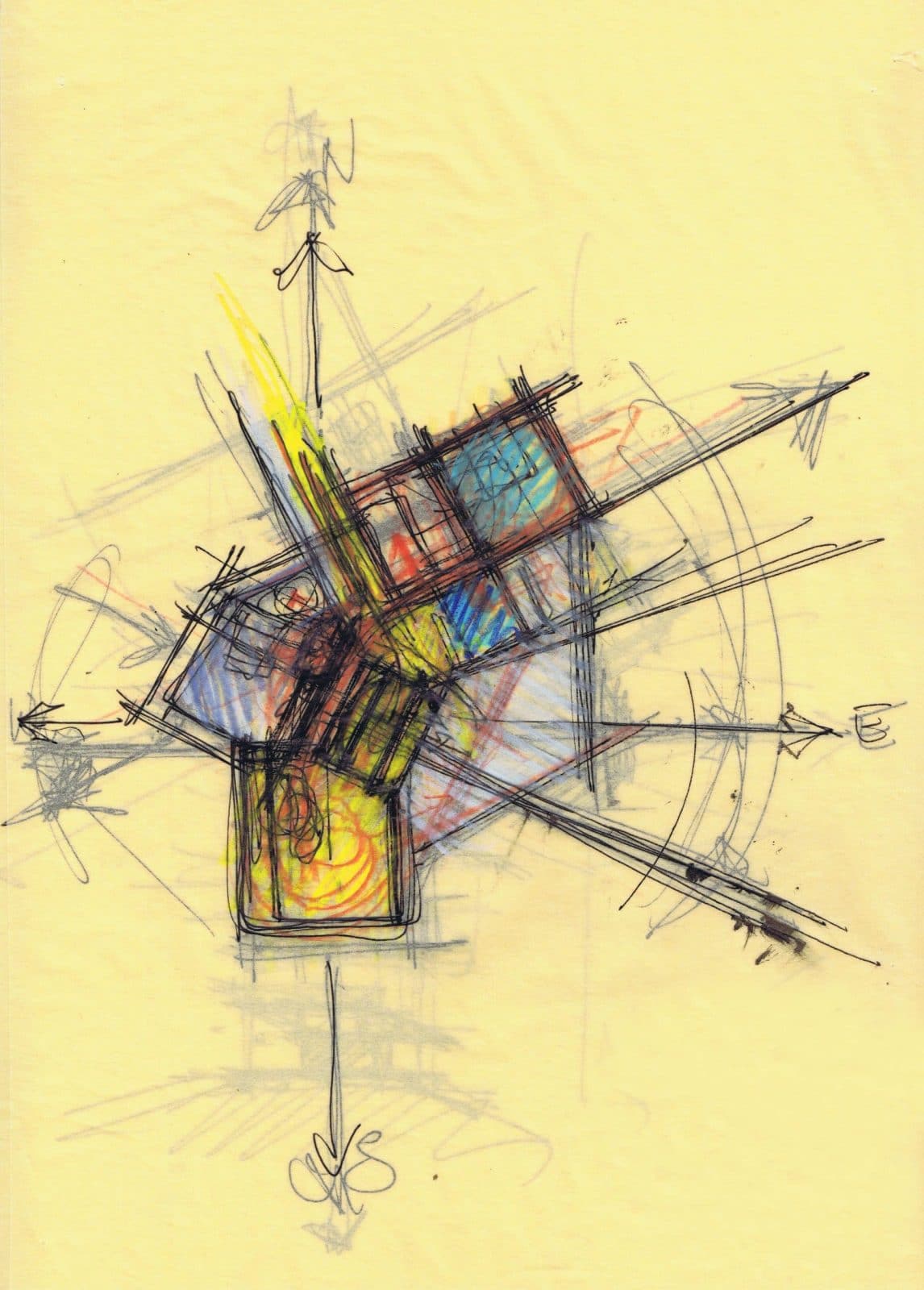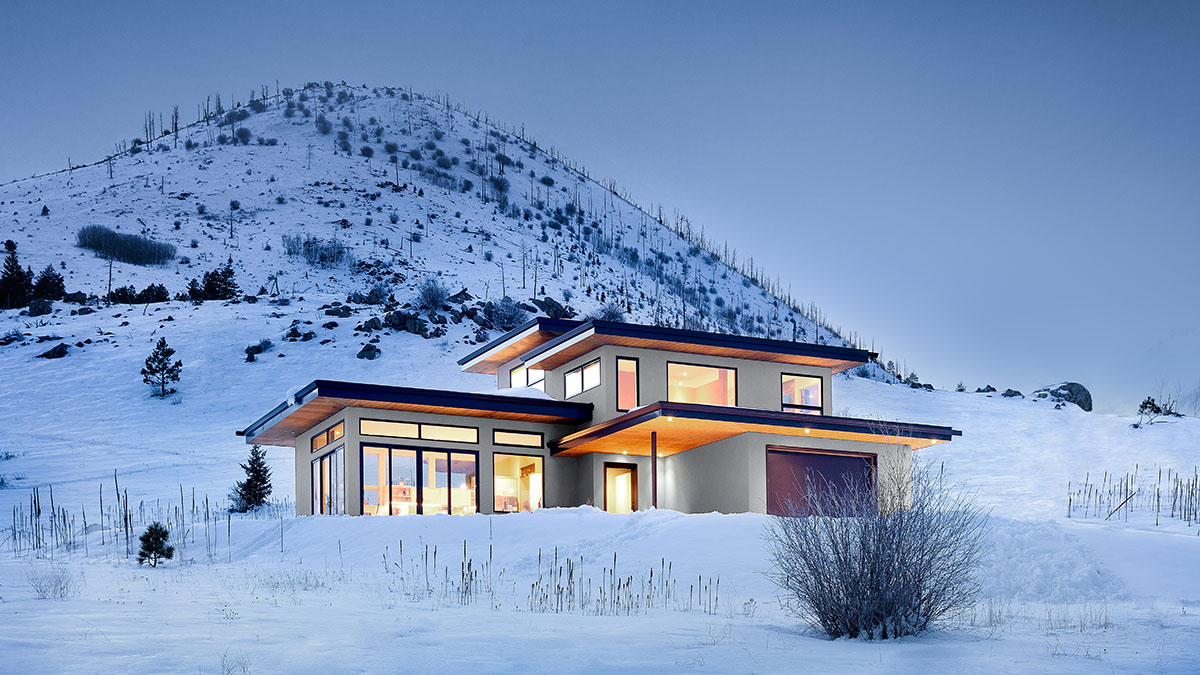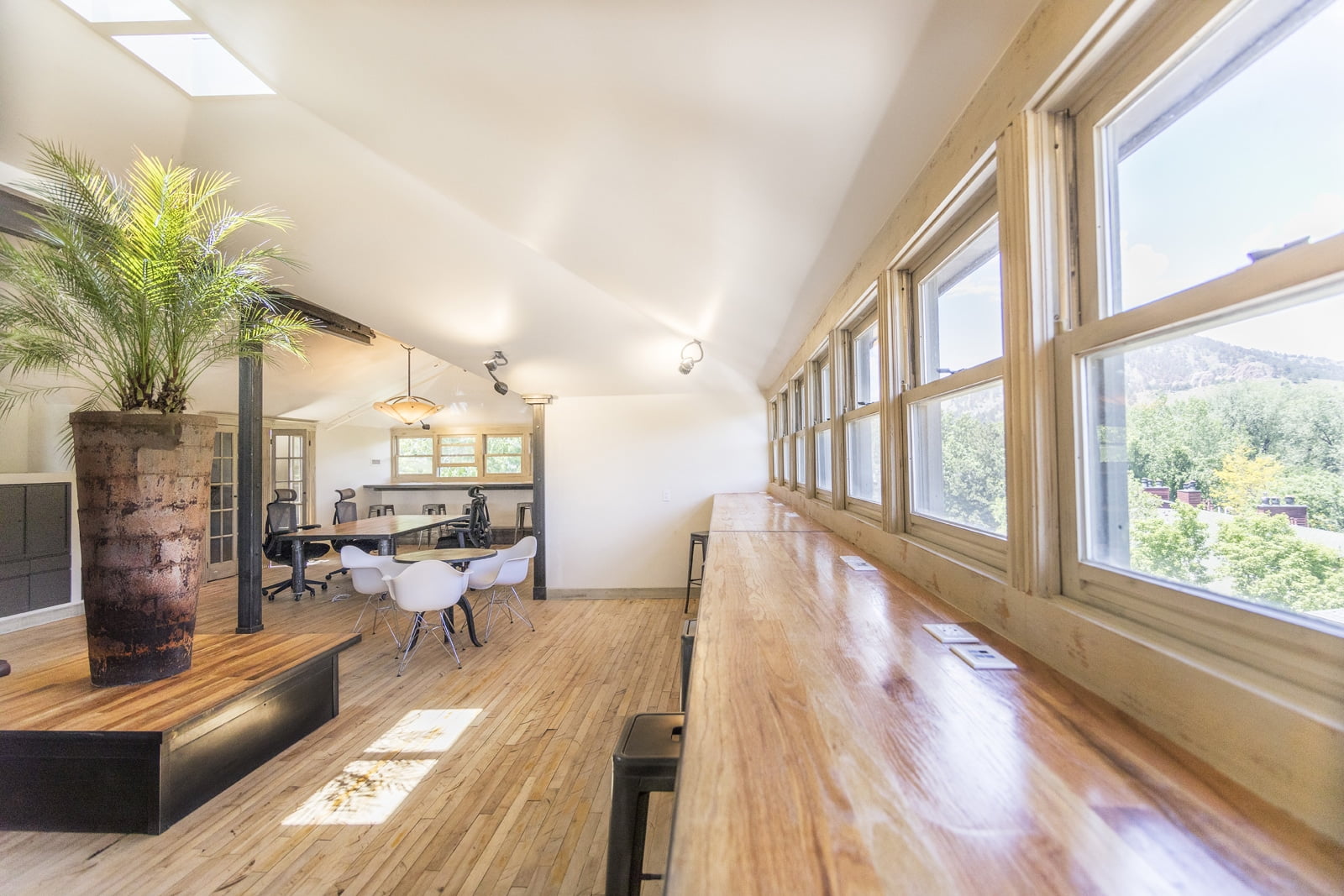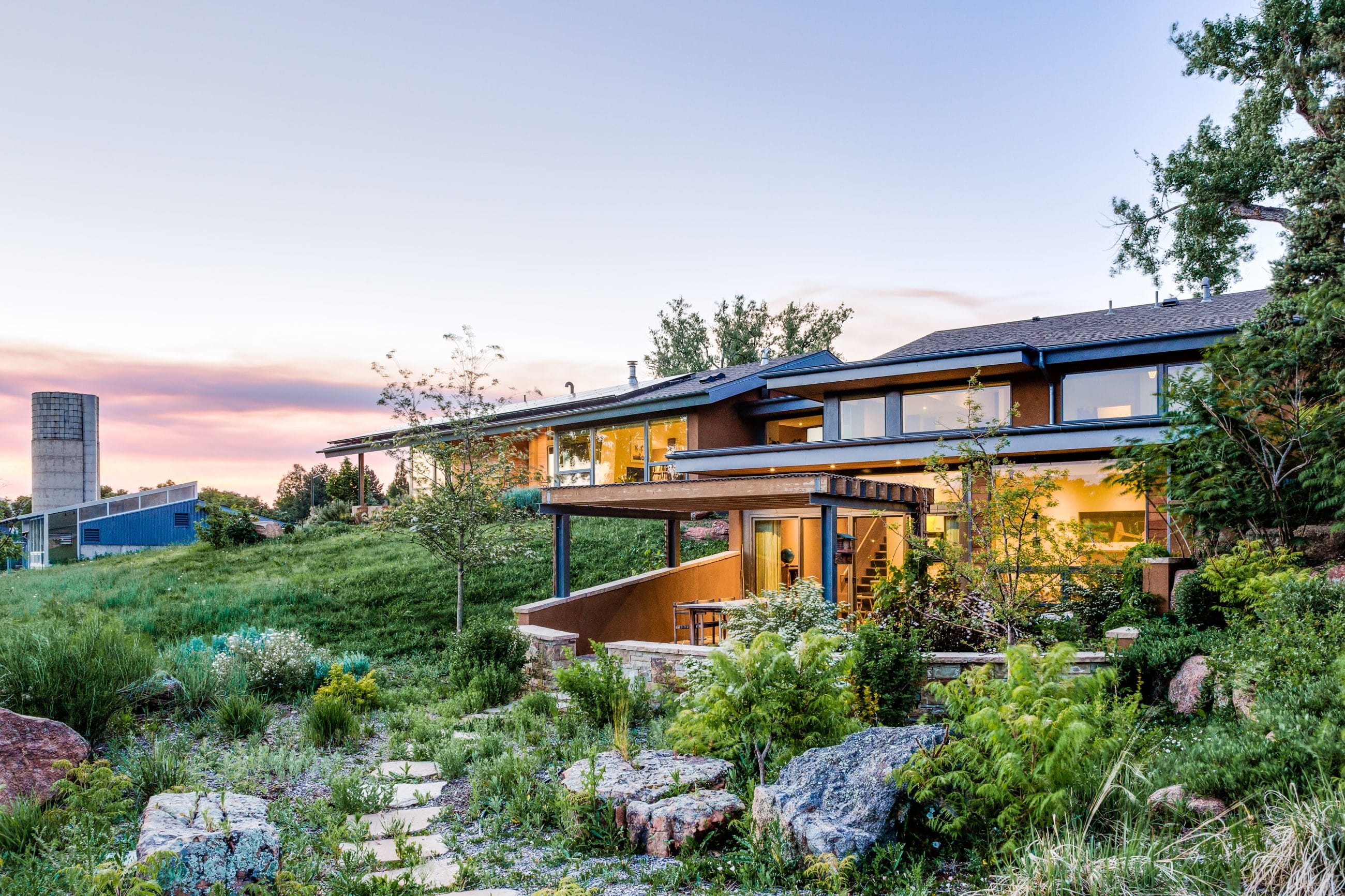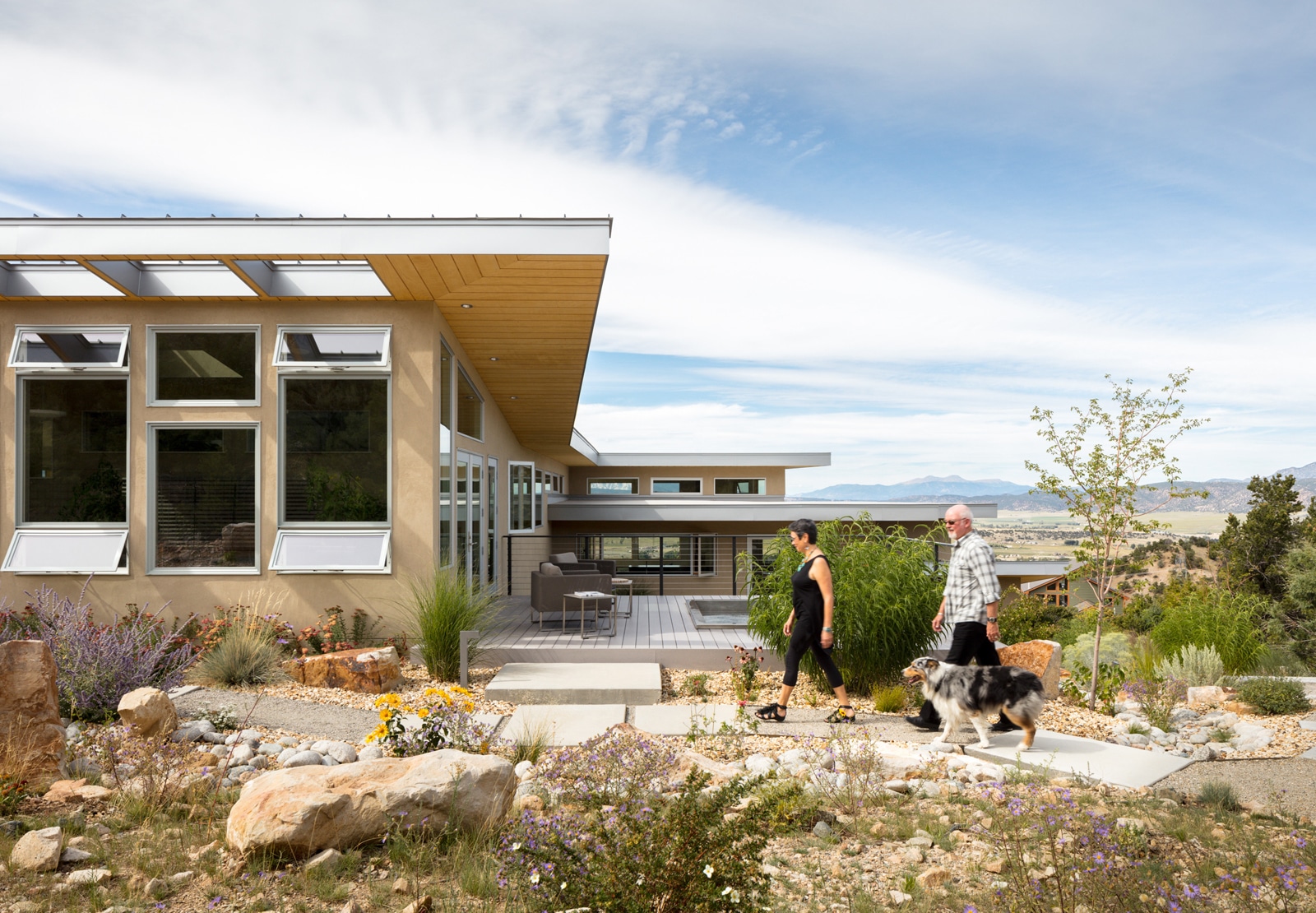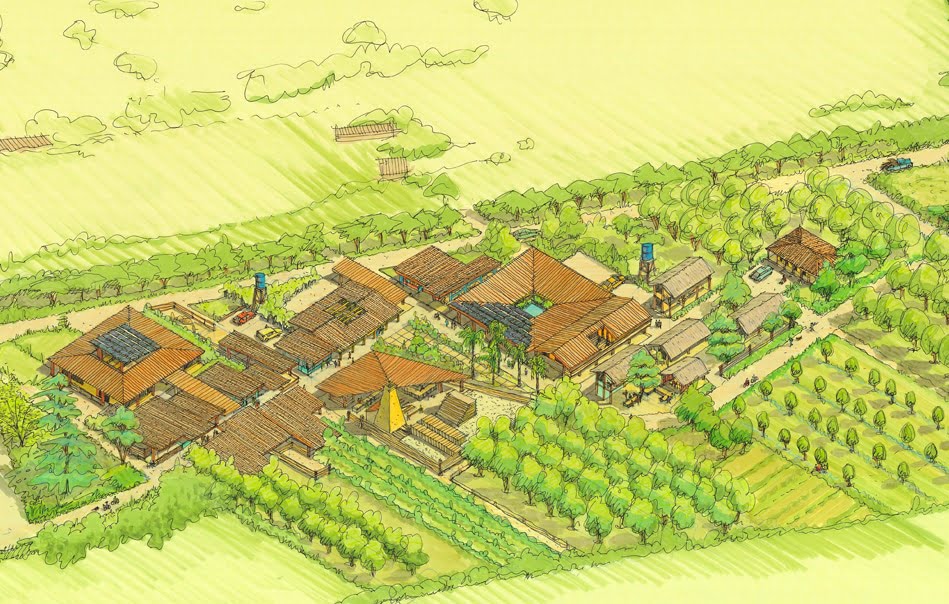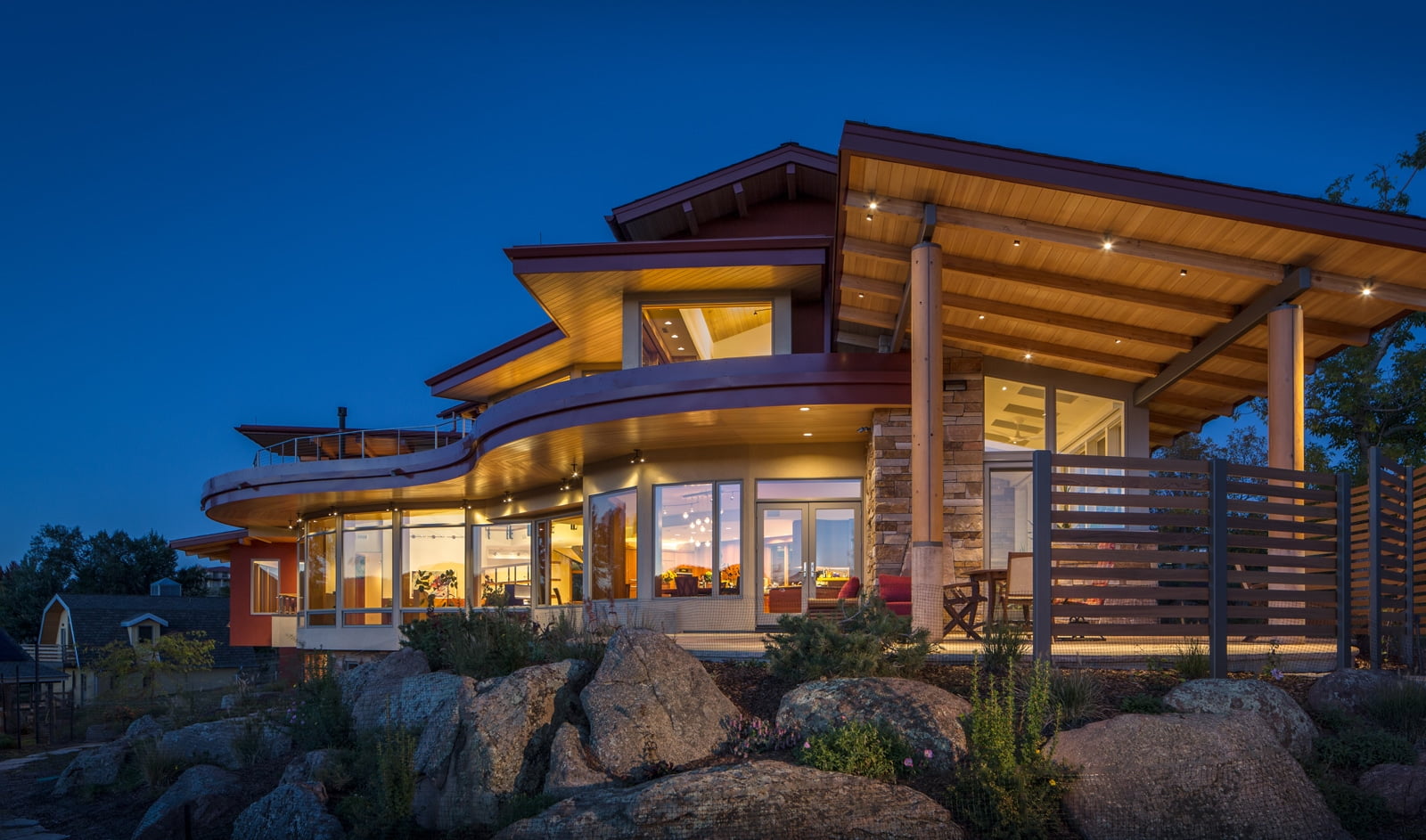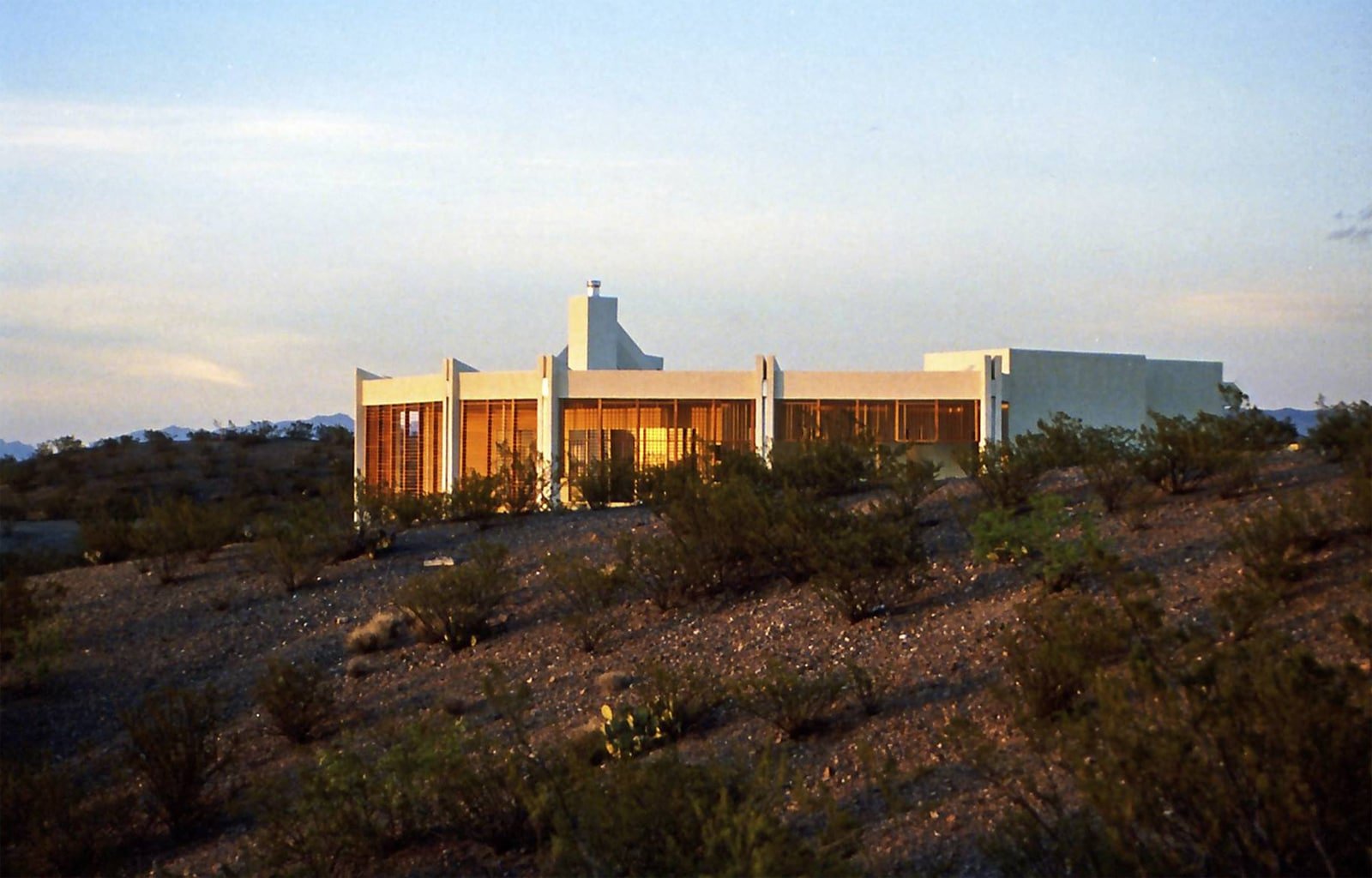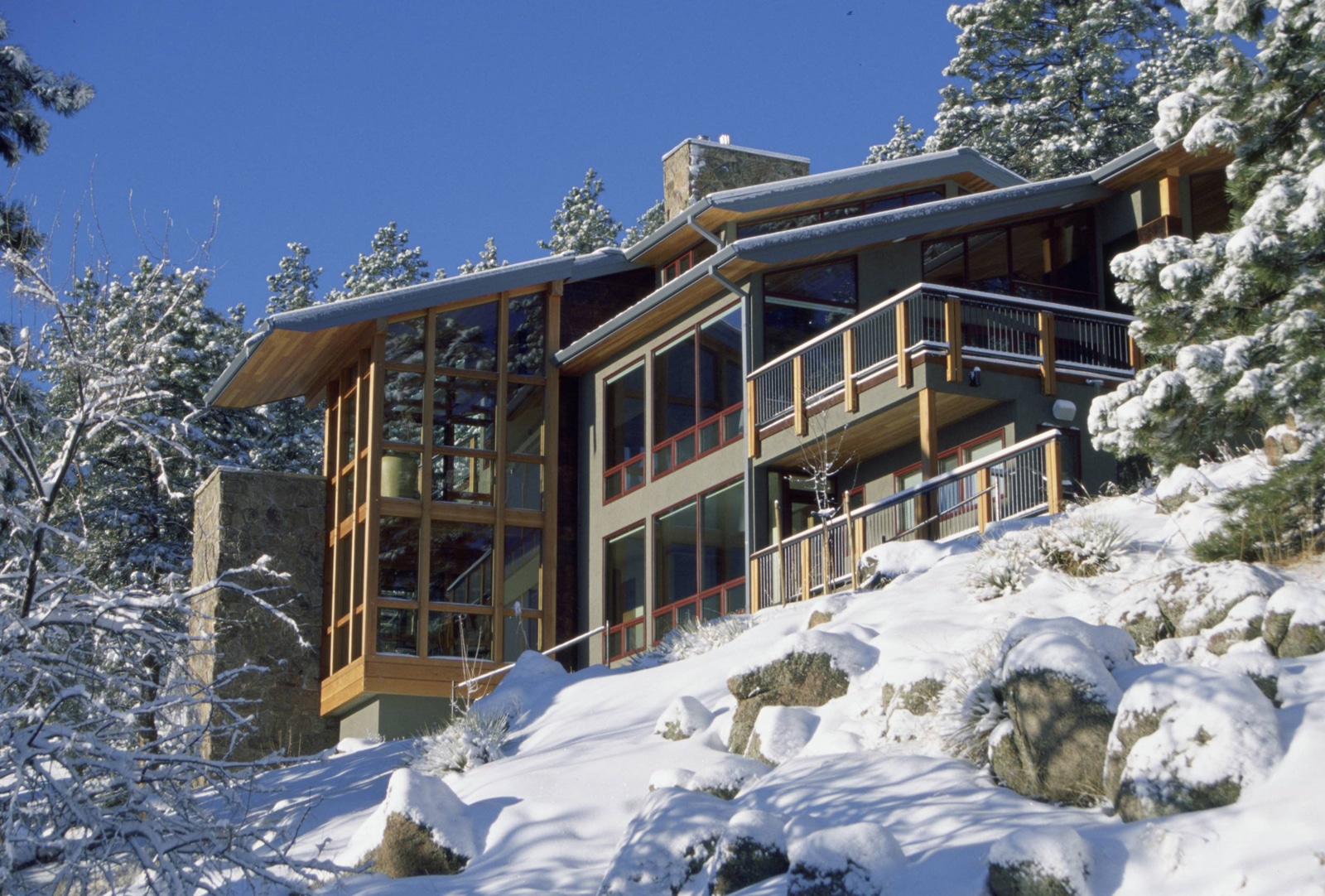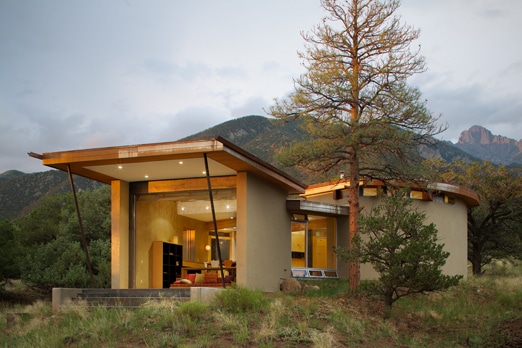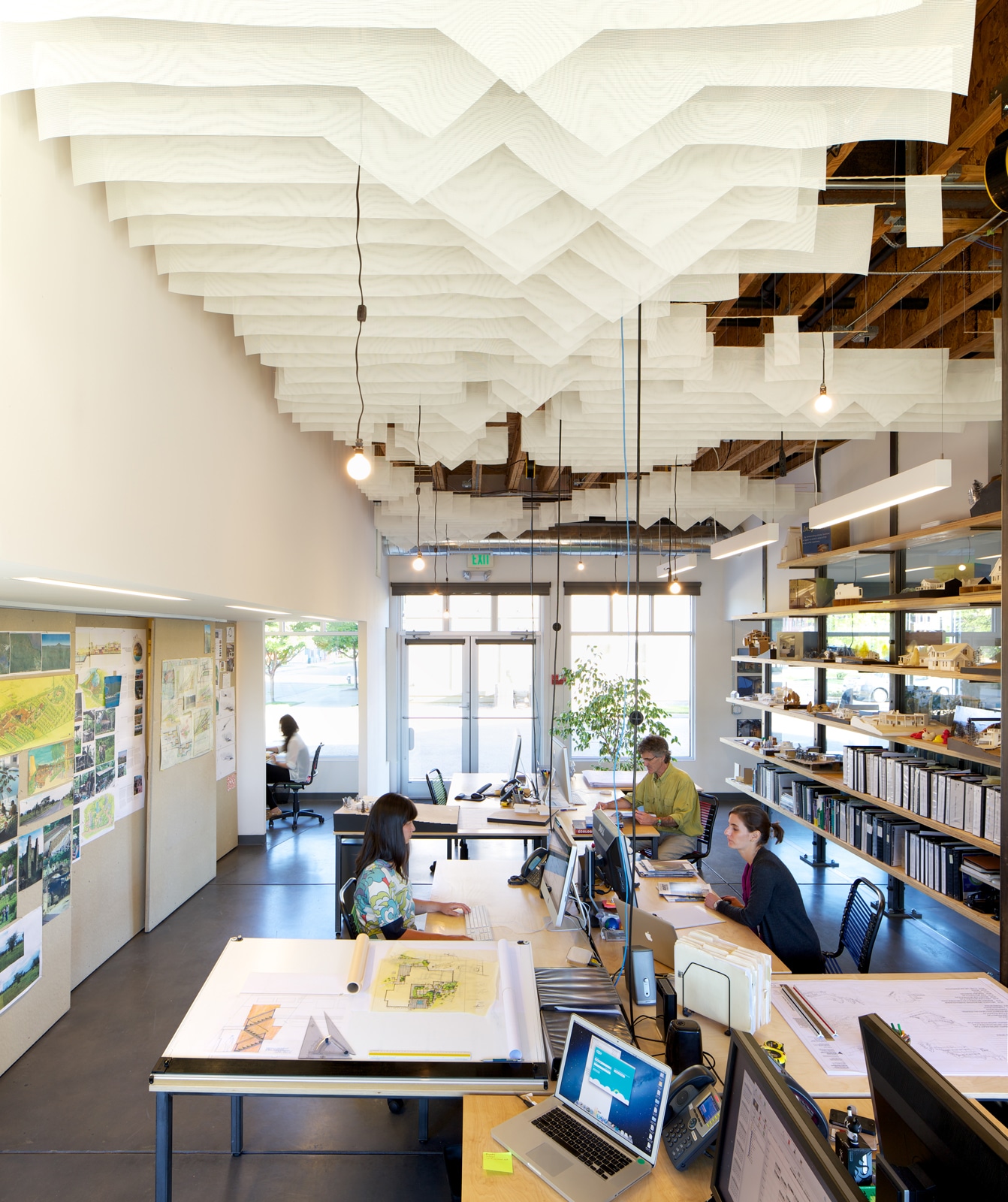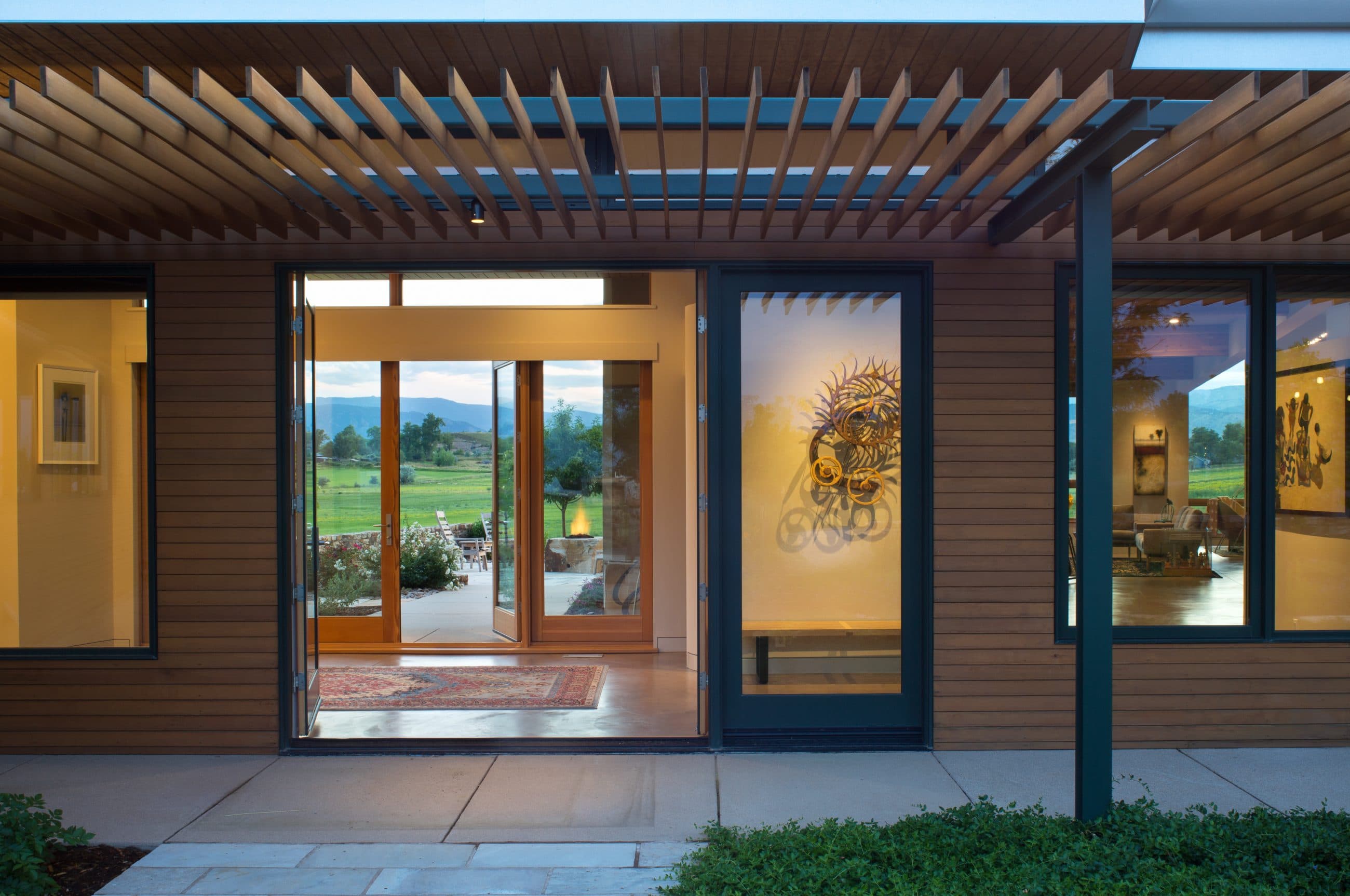Goehren Community Development
Goehren Community Development
Located on the island of Ruegen in Germany, in the Baltic Sea, the town of Goehren is a warm community of year-around residents and seasonal tourists. The Goehren Community Development, currently in the making, will be ideally located to bridge the vibrant town center with the beaches surrounding the Granitz peninsula, and the wild forests covering the peninsula’s tip. Gettliffe Architecture’s Master Plan for the development responds to the site’s unique features, and to the community’s focus on sustainable and convivial living.
- The neighborhood is designed to accommodate an easy flow from the main streets of Goehren to and through the site, a sort of transparency of the whole development toward the sea. Cars will access the neighborhood, which is positioned on a bluff, from the side of the hill, while pedestrians and bicycles will enter from above. The scale of the landscape is very conducive to pedestrian and bicycle travelling, which will be further encouraged in the neighborhood by seamless access.
- The residences are designed to have three distinct layers defined by levels of interaction with the surroundings: the lowest layer serves as an anchor, where the car is secured and left behind; the middle layer hosts the flow of life, with ready access to different activities and environments, and the upper layer is the most private and offers a direct connection to the sky.
- Each residence will be comprised of two independent living units, side-by-side, with a centrally located stairwell and optional elevator linking the three layers. The design will enable the use of each building as a single unit, or two fully separate units.
- The neighborhood will also feature a community house, parking structure, and communal outdoor spaces including an area for gardening, enabling the production of fruits, vegetables and herbs and incorporating principles of permaculture.
- The neighborhood will foster community and conviviality as well as a sense of privacy and retreat.
- All buildings will be highly energy efficient and adopt passive principles and techniques for heating and cooling based on the unique orientation of individual sites: high insulation, insulated thermal mass, appropriate roof and floor overhangs for solar exposure (winter) or protection (summer), natural ventilation, and optimization of natural light. Each building will be constructed sustainably with careful consideration of the materials’ durability, origin and non-toxicity.
Other Projects
Discover our projects through the slideshow to the right — clicking on an image will bring you to the individual project page.





